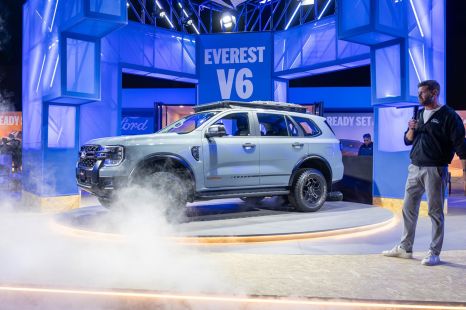

Damion Smy
Ford Everest Tremor gets 260kW V6 ‘Ranger Raptor’ treatment
12 Hours Ago
While the Toyota LandCruiser may be the default option for some, there's a cheaper and punchier vehicle available that's often overlooked.
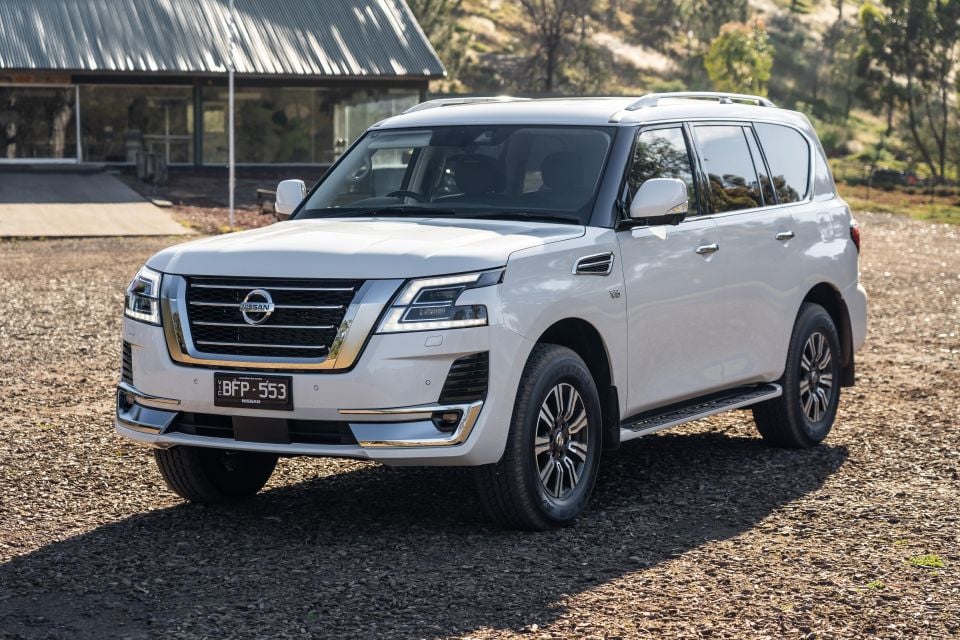
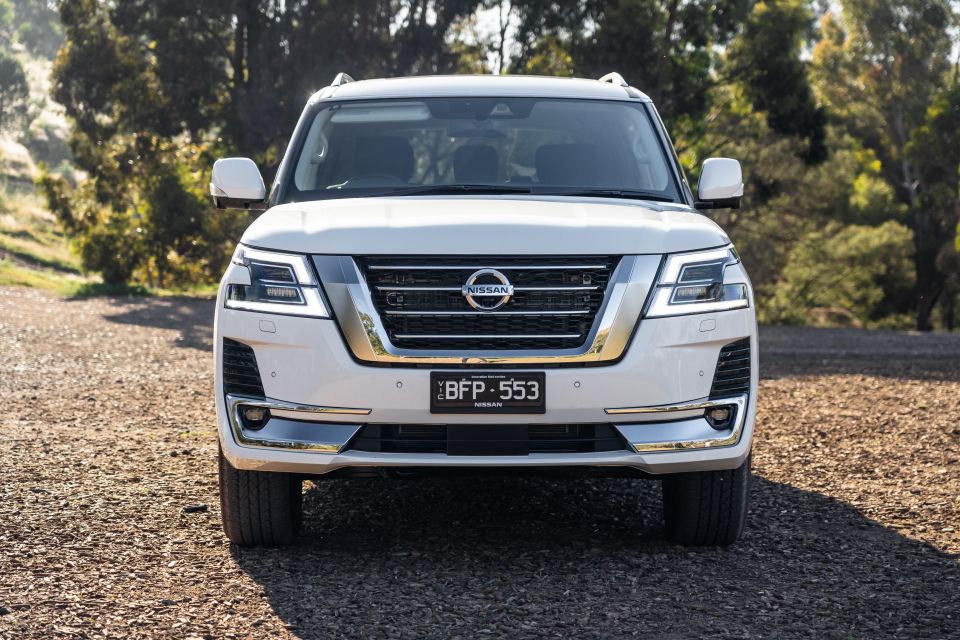

Founder
New from
$94,115
excl. on-roads

Founder
New from
$94,115
excl. on-roads


Founder
New from
$94,115
excl. on-roads

Founder
New from
$94,115
excl. on-roads
Quickly see how this car stacks up against its competition. Select any benchmark to see more details.
Where expert car reviews meet expert car buying – CarExpert gives you trusted advice, personalised service and real savings on your next new car.
As Australians look to explore more of this great land of ours while overseas travel is on ice, sales of big SUVs like the 2021 Nissan Patrol have taken off.
The Nissan Patrol blends off-road ability with towing capability and easy long-distance touring, so it’s not hard to see while so many buyers are flocking to it.
A recent facelift of the Patrol brought with it a revised design, plus a new interior. While Australian-delivered Patrols get the fresh face and rear end, we miss out on the whiz-bang interior offered overseas.
But, with equivalent prices considerably cheaper than the Toyota LandCruiser it competes with, does the Patrol offer a better buying proposition?
The Nissan Patrol starts from $78,910 before on-road costs for the Nissan Patrol Ti and climbs to $93,365 list for the top-specification Ti-L variant we have on test.
It’s worth noting that outside of specification differences, the entry-level Ti variant offers eight seats (two in the first row, three in the second row and three in the third row), the top-specification Ti-L offers seven seats (two in the first row, three in the second row and two in the third row).
For a full break down of the pricing and specification for the 2021 Nissan Patrol, check out our detailed article here.


Buy your new car without the stress. It's fast, simple and completely free.

Great service from Travis and team, second time I have used this business would not hesitate to recommend them to anyone
Craig C.
Purchased a Ford Ranger in Sunshine Coast, QLD
CarExpert helped Craig save thousands on his Ford Ranger, now let us save you on your next new car.
Find a dealOn the outside, the Nissan Patrol Ti-L picks up 18-inch alloy wheels, LED headlights, LED tail lights and LED daytime running lights, adaptive cruise control, proximity key entry and push-button start, privacy glass, roof rails and a power tailgate.
Inside the cabin there are leather seats, power seat adjustment for driver and front passenger with memory, heated and cooled seats in the first row, tri-zone automatic climate control, a digital rear view mirror, sunroof, satellite navigation and entertainment screens for second row passengers.
There are six exterior colours to pick from. All but a dark metallic are an additional $650. There are no additional cost options.
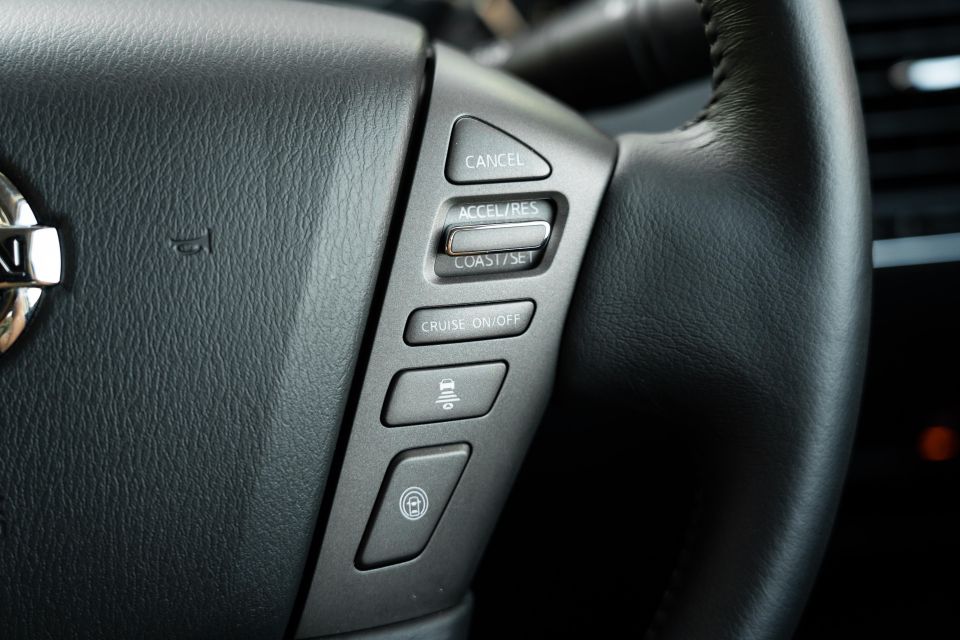
There is no safety rating for the Nissan Patrol. This means that it hasn’t been officially crash tested by ANCAP or any of the crash test bodies.
Standard safety features include autonomous emergency braking, radar cruise control, front and rear parking sensors, rear cross traffic alert and blind spot monitoring.
There’s also dual front and front-side airbags as well as curtain inflators covering all three seating rows.
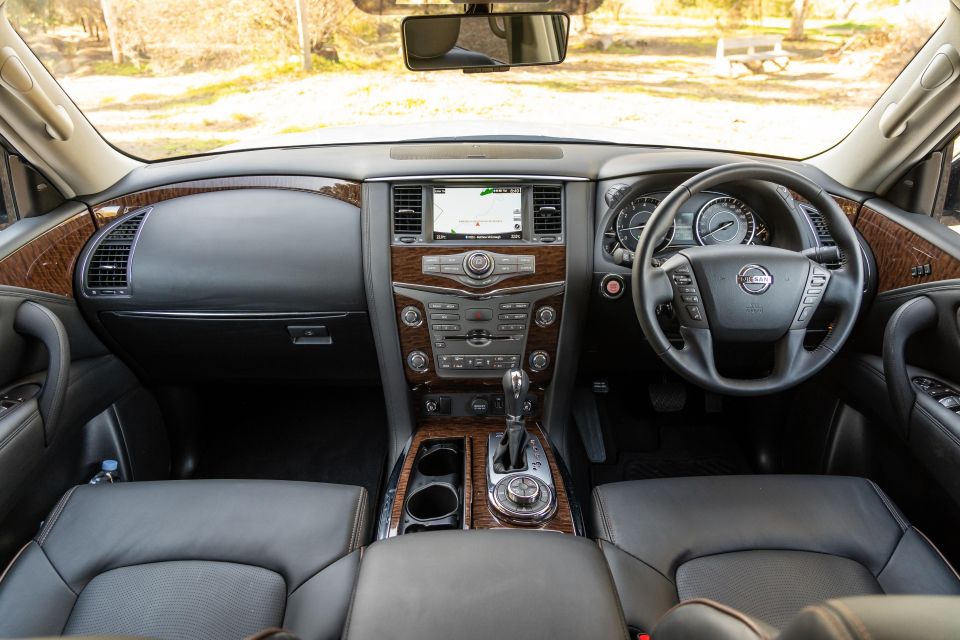
Familiar. That’s the best way to describe the Patrol’s interior. Not a great deal has changed for the Patrol since the Y62 generation was launched in 2010.
It’s a shame, because the updated interior launched on the facelifted Patrol in other markets offers a really impressive dual-LCD setup, while the US-market Patrol (known as the Armada) gets an even larger single LCD infotainment system with smartphone mirroring.
Anyway, if you put the disappointment of missing out on the new interior to one side, the interior of the Patrol is big. It’s cavernous and there’s a stack of storage, which means this is the ultimate way to ferry seven passengers around with plenty of room to spare.
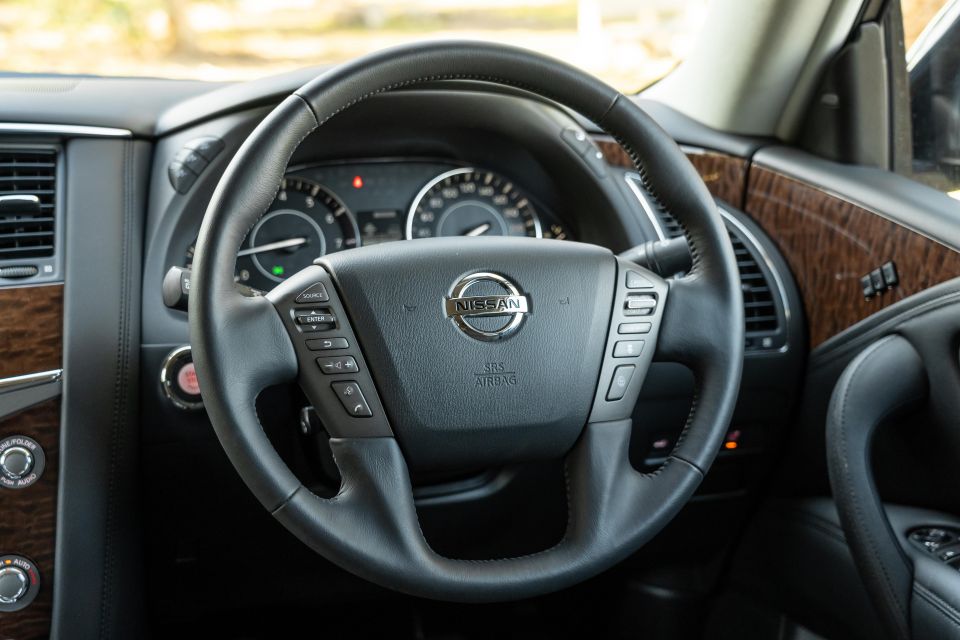
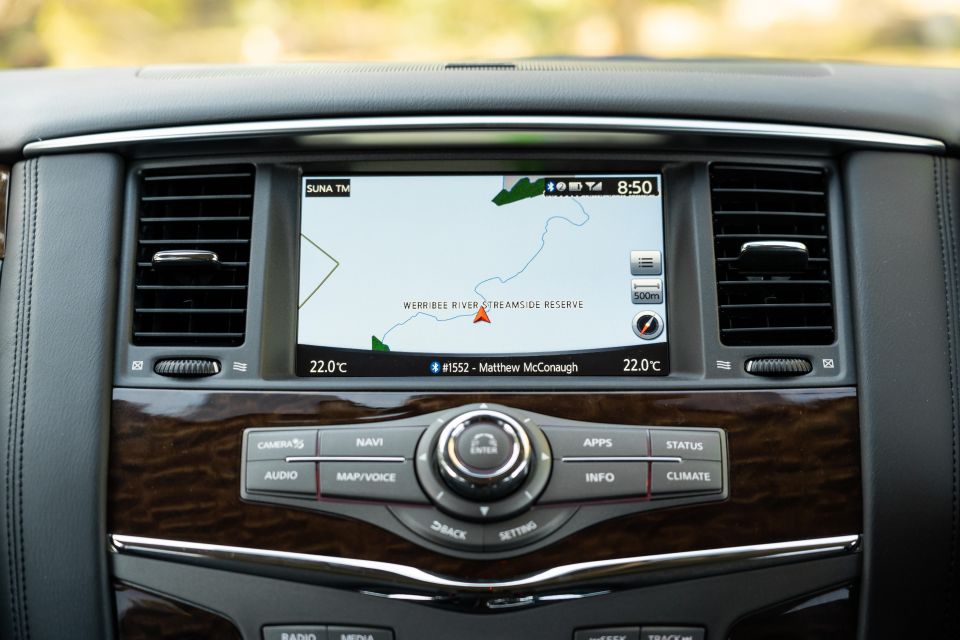
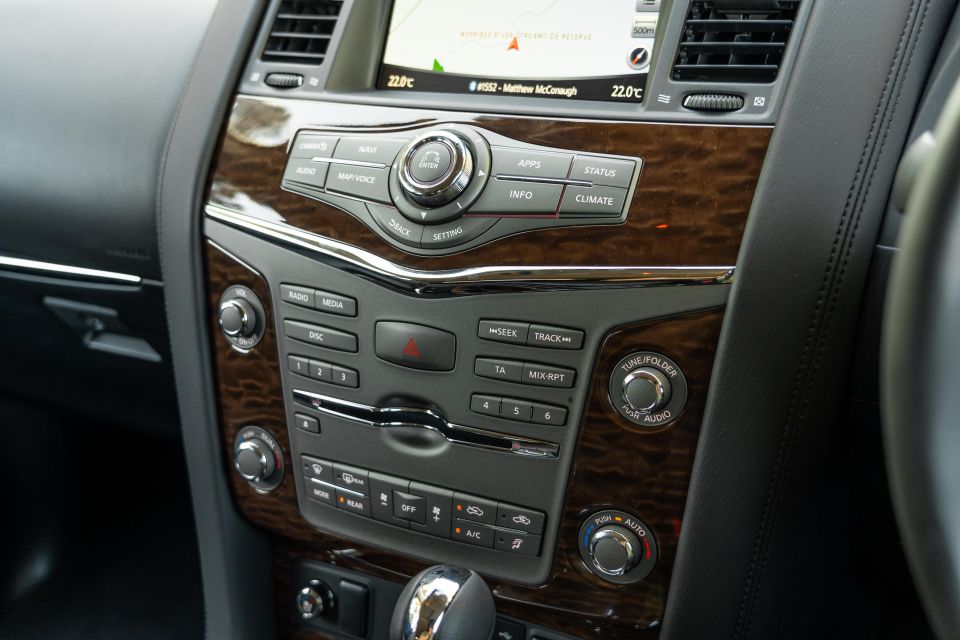
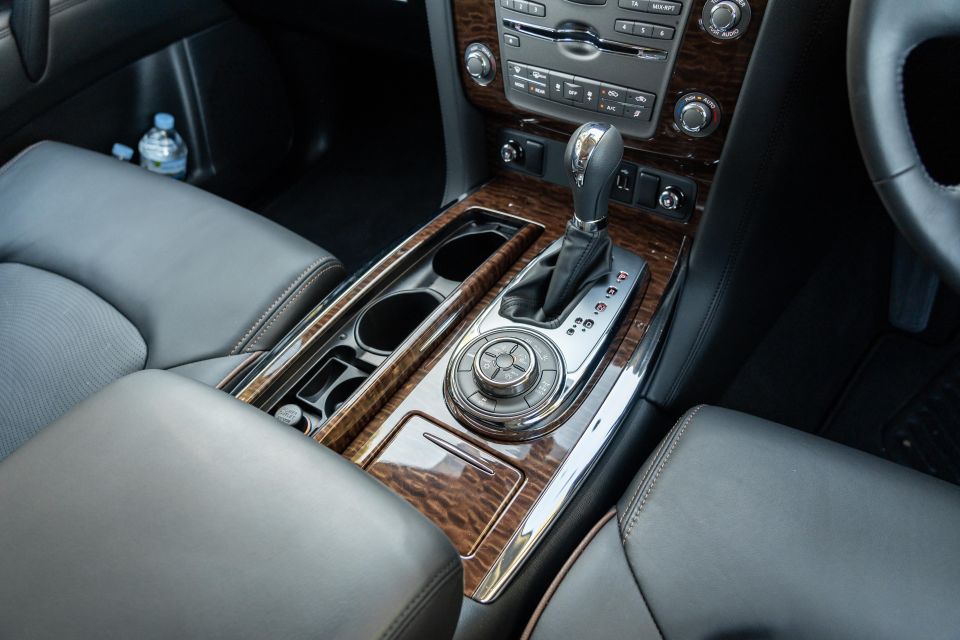
It all feels well built with good fit and finish throughout. Everything from the centre console to the door armrests are softly padded and feel luxurious. Even the steering wheel has a soft padding to it that helps it sit nicely in the hands.
There’s heaps of leg and headroom in the first and second rows. The third row offers ample room for kids, but it’s a pretty cramped space for adults. That’s a surprise given the size of the Patrol. It’s also partly due to the second row not offering the ability to slide forward.
The infotainment system is probably the most disappointing aspect of the car. The 8.0-inch display may look modern, but it features an old and outdated version of Nissan’s infotainment software. The navigation is clunky and difficult to use, while audio is limited to AM and FM radio, with DAB+ unavailable.
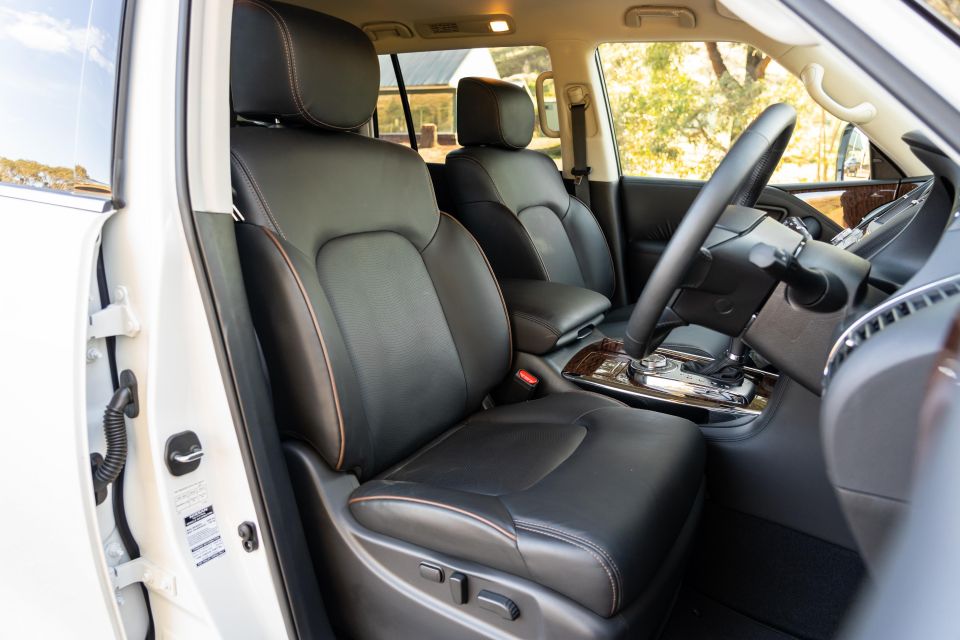
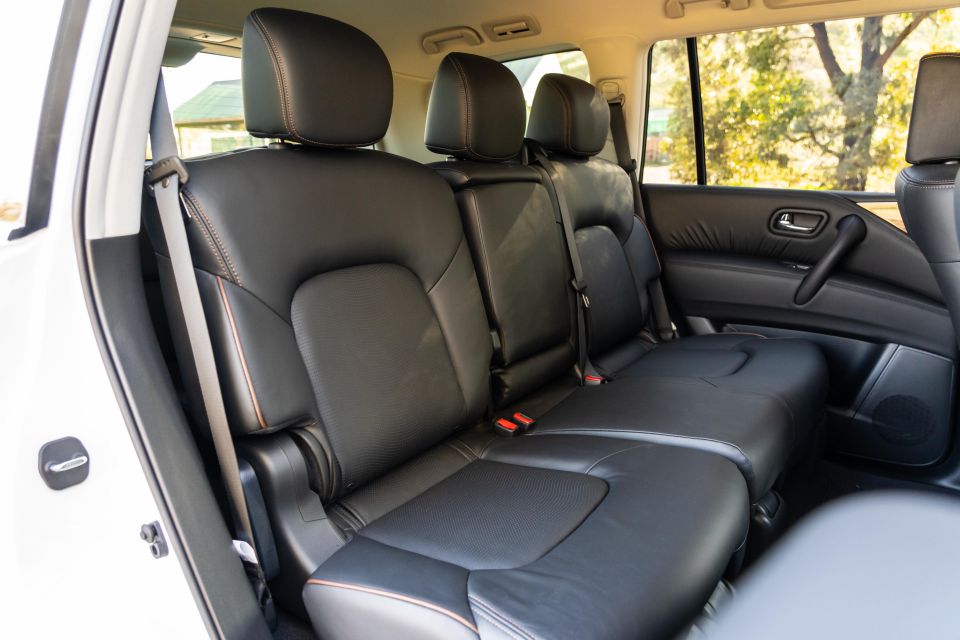
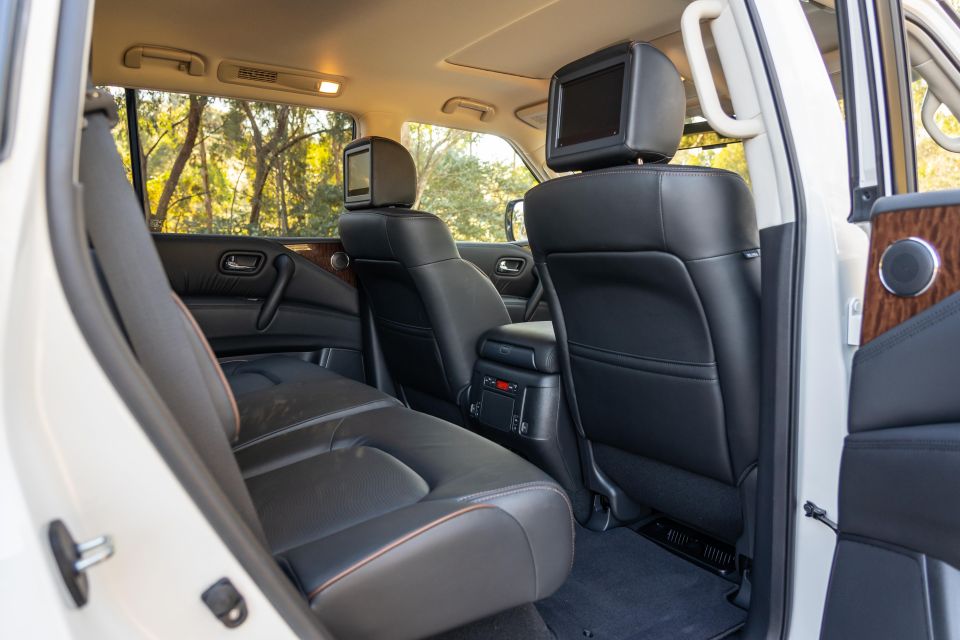
Ahead of the driver is an LCD display that offers information on four-wheel drive modes, trip computer, compass and safety information.
While it takes a little while to get used to there’s a digital rear vision mirror that offers superior visibility out of the vehicle when it’s full of passengers.
Parking is made easy thanks to front and rear parking sensors, along with a surround-view camera that offers a low-quality view around the car for parking and off-road driving.
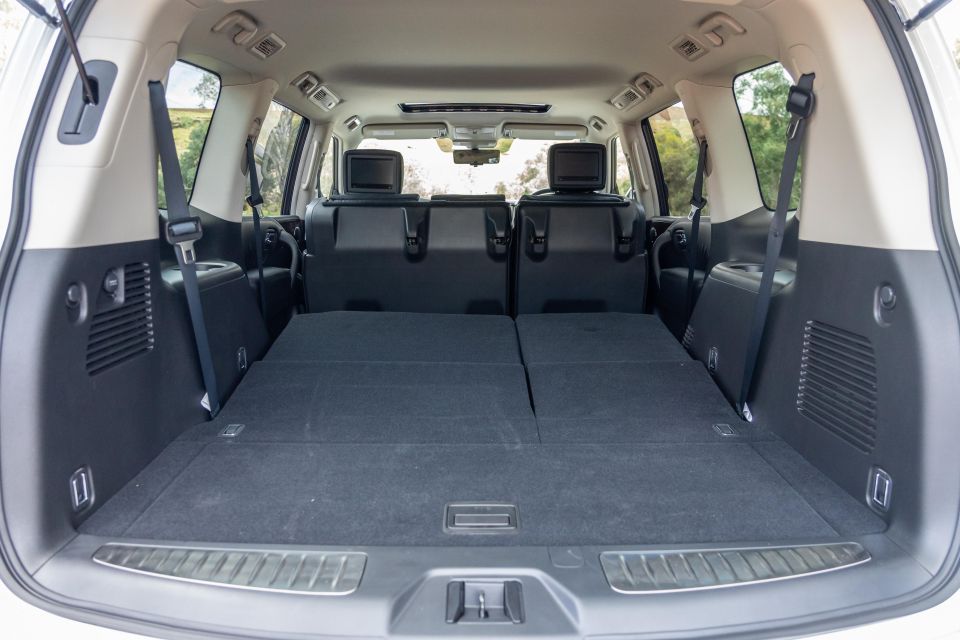
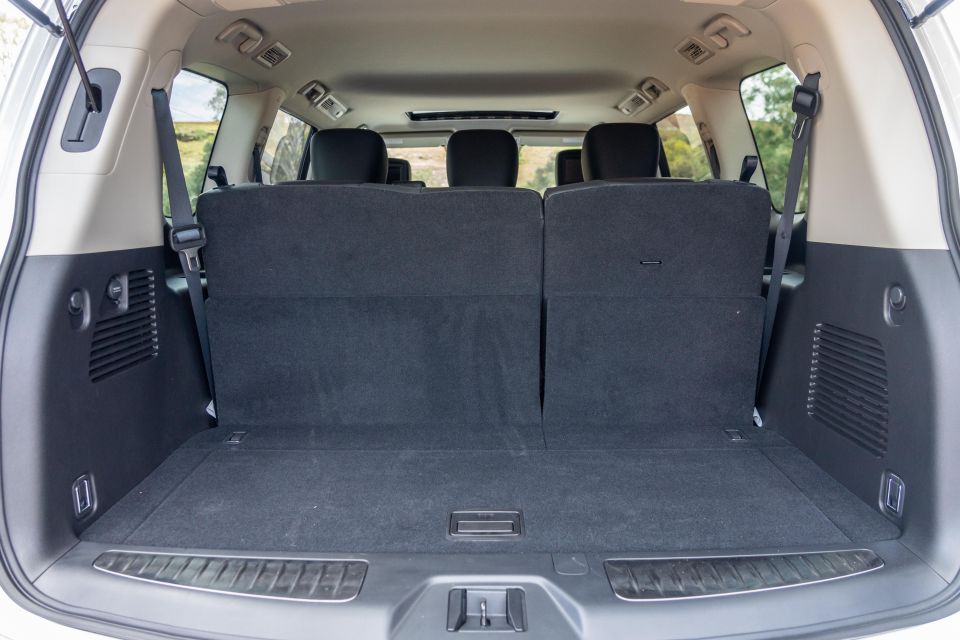
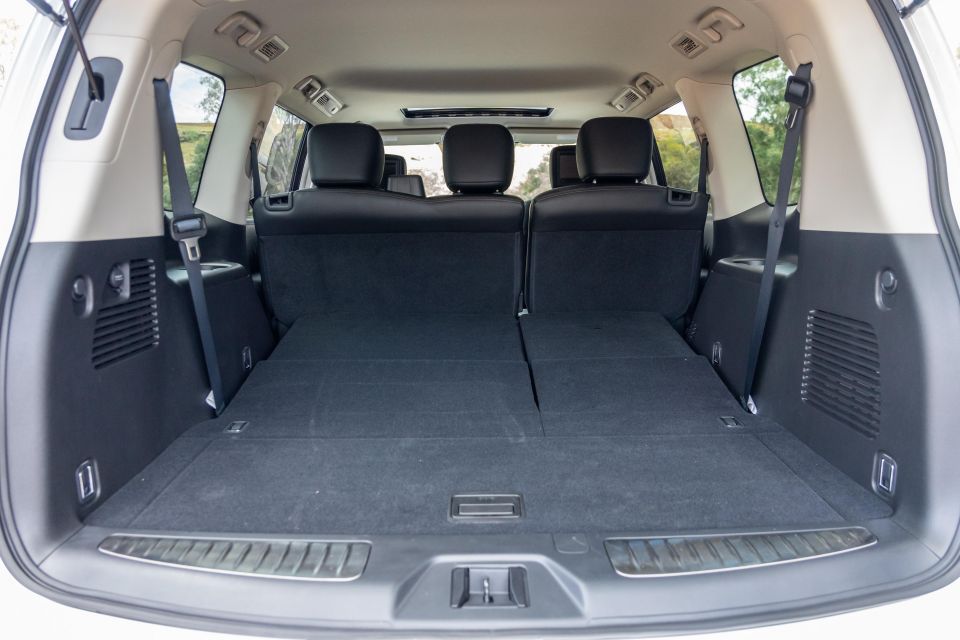
Between the driver and front passenger is a glove box that doubles as a fridge. One push of a button switches it on and the centre console begins cooling up to four drink bottles pretty quickly – a handy feature if you’re heading off-road.
Behind the third row there’s 467 litres of cargo space. Folding the second row reveals 1413 litres of cargo space, while folding the second row offers 2632 litres of cargo space.
There’s a full-sized spare wheel located under the rear of the vehicle.

Powering the Y62 Nissan Patrol is a 5.6-litre naturally-aspirated V8 petrol engine that produces 298kW of power and 560Nm of torque. It’s mated to a seven-speed automatic transmission.
Nissan claims that it consumes 14.4L/100km on the combined cycle. During testing we hit that exact figure after a mix of city and highway driving.
It may sound like a lot, but if you are doing a lot of open road touring, you’ll be sitting close enough to that figure with a V8 diesel LandCruiser – and you’ll be much closer to that figure if you’re towing.
It’s also worth noting the Patrol has a tare mass of 2750kg, a GVM of 3500kg and a GCM of 7000kg.
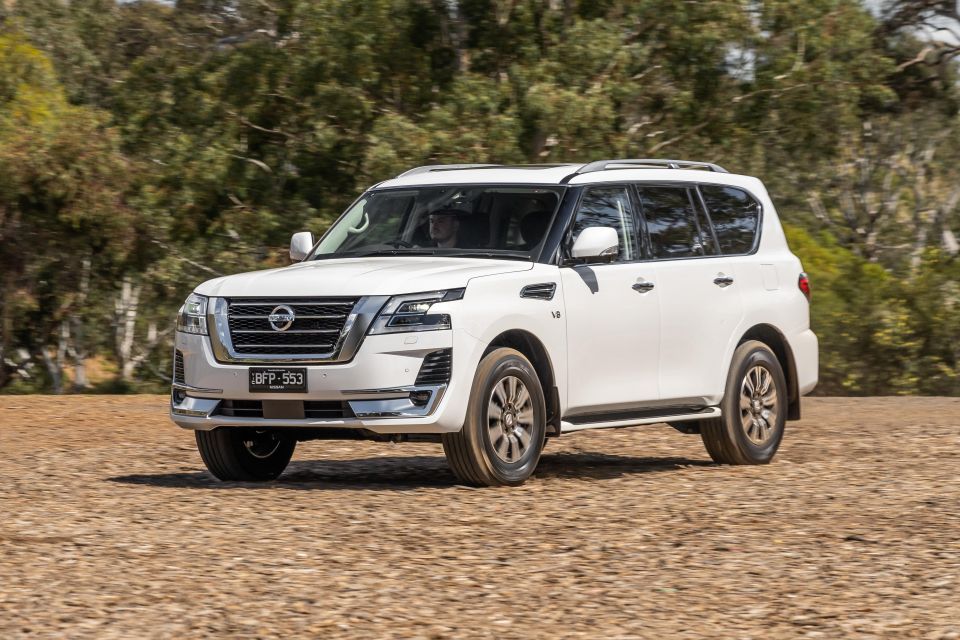
When you hit the starter button, there’s an immediate growl from the Patrol. The 5.6-litre V8 has a meaty note to it and signals the capability of the power plant beneath the bonnet.
It’s not an engine to be scoffed at either. Just under 300kW of power and almost 600Nm of torque means it’s capable of moving with pace if it needs to.
As you set off you’ll notice that the ride is on the firmer side of comfortable. In and around town it picks up a lot of road imperfections and it’s not quite as floaty as the Toyota LandCruiser can be.
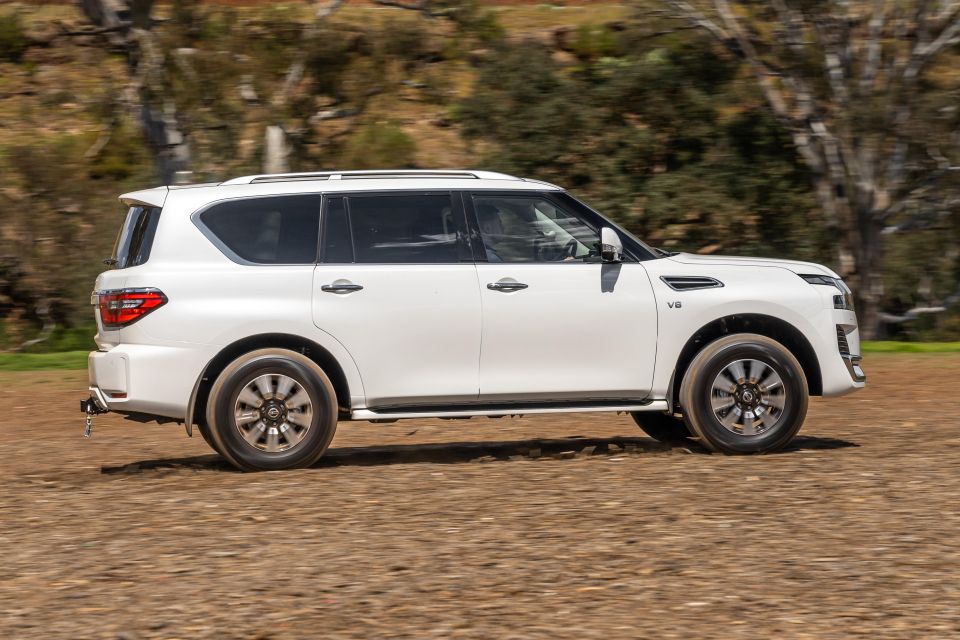
That goes for steering feel too. There isn’t a great deal of feel through the steering wheel and it’s more suggesting than direct in terms of steering inputs – but so much is only to be expected from a tool built primarily for conquering off-road terrain.
The seven-speed automatic transmission shifts smoothly and is responsive on kick-down requests. It actually does a decent job of using the low end of the torque band to limit hunting. Peak power and torque occur at 5800rpm and 4000rpm respectively.
If you sink the boot in, the Patrol’s V8 engine offers a raspy snarl both inside and outside the cabin. It’s quite a satisfying sound and the torque delivery is very linear and smooth.
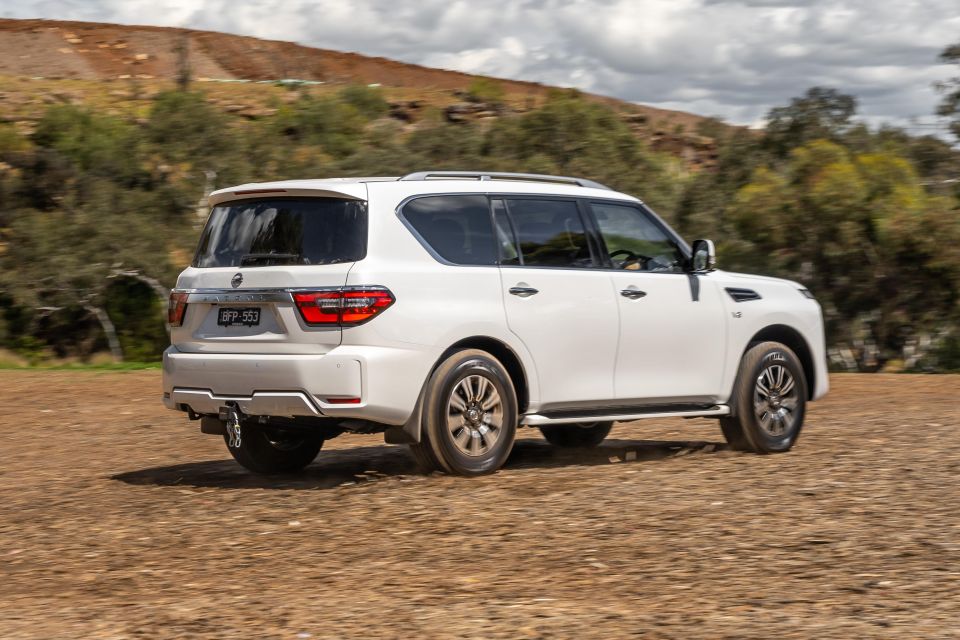
Importantly, brake pedal feel is good and communicative in and around the city. Visibility out the windows is great with a high and commanding seating position. The wing mirrors are big enough to see down the sides of the car with blindspot monitors built into the sides.
It’s not a sports car, so you don’t expect it to set the world on fire with its handling, but it offers plenty of traction through corners thanks to the permanent four-wheel drive system and some (but not crazy amounts of) body roll. It’s predictable and that’s what you want from a vehicle this size.
Off-road it’s another story, though. There’s 273mm of ground clearance, an approach angle of 28 degrees and a departure angle of 26.3 degrees.

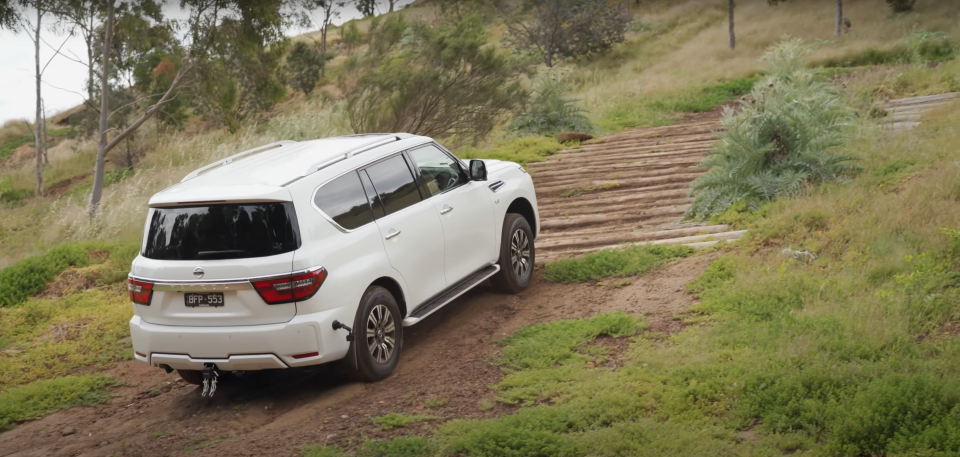
In addition to that there’s a low-range transfer case, rear differential lock, hill descent control, four-wheel drive high-range mode and a number of off-road drive modes that tailor stability and traction control intervention when off-road.
Off the beaten track the Patrol impresses with good traction and an ability to get torque to the ground with little fuss. We did find the throttle a little sensitive for uphill climbs in high range. That’s easily fixed by moving to low range where the throttle doesn’t send surges of torque to the wheels as suddenly.
The standard ground clearance offers more than enough room to clear higher rocks and objects, while the drive modes offer enough flexibility from the traction control to deliver wheel slip when required.
Given how long the Patrol has been on the market, there are a number of off-road specialists that sell add on parts for Patrol to improve its off-road prowess. So there’s no limit to how far you can take one of these when heading off road.

Nissan offers a five-year, unlimited-kilometre warranty with service intervals every six months or 10,000km.
Over a five-year period, servicing comes in at a hefty $5692, or an average of $569.20 per service.
By comparison, the Toyota LandCruiser also requires servicing every six months, with the first four visits (24 months/40,000km) costing $300 each. Over five years, the Toyota will cost you $4432.31 – more than $1200 less.

Where expert car reviews meet expert car buying – CarExpert gives you trusted advice, personalised service and real savings on your next new car.
While the Nissan Patrol may be getting on in age in terms of its interior design, the rest of the vehicle still delivers excellent value for money in comparison to its peers and offers some of the best off-road ability in the segment.
The engine is powerful, there’s stacks of room inside and it’s relatively efficient when you consider its size and the capacity of the engine.
We would have liked to see more room in the third row for adults (or an ability for the second row to slide forward), and the interior is practical enough to keep the masses happy.
Outside of that, the Patrol is hard to fault. Let’s just hope at some point Nissan rolls out a refresh to the interior to bring the tech into 2021.
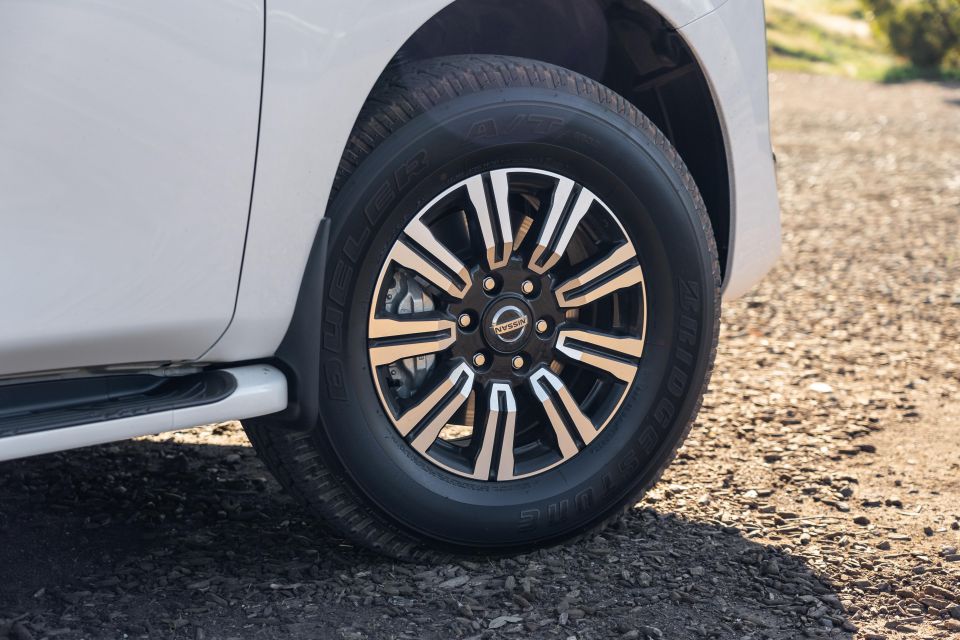
Click the images for the full gallery
Where expert car reviews meet expert car buying – CarExpert gives you trusted advice, personalised service and real savings on your next new car.
Paul Maric is a CarExpert co-founder and YouTube host, combining engineering expertise with two decades in automotive journalism.


Damion Smy
12 Hours Ago
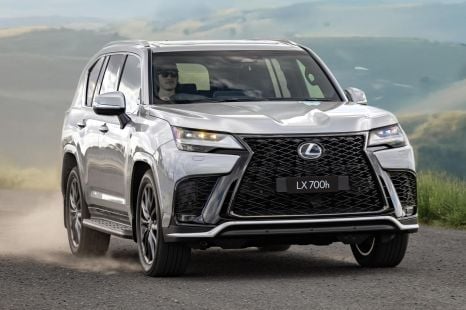

Derek Fung
16 Hours Ago


Ben Zachariah
4 Days Ago
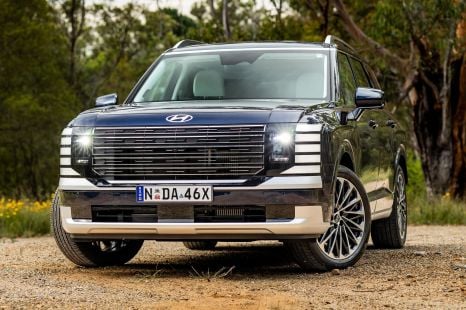

Matt Campbell
7 Days Ago
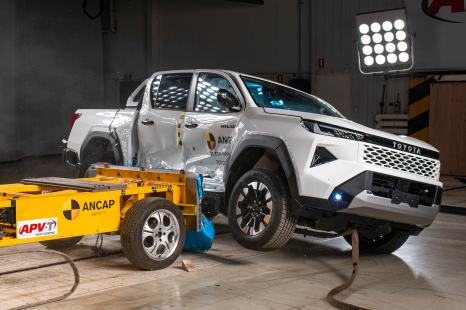

William Stopford
12 Days Ago


William Stopford
12 Days Ago